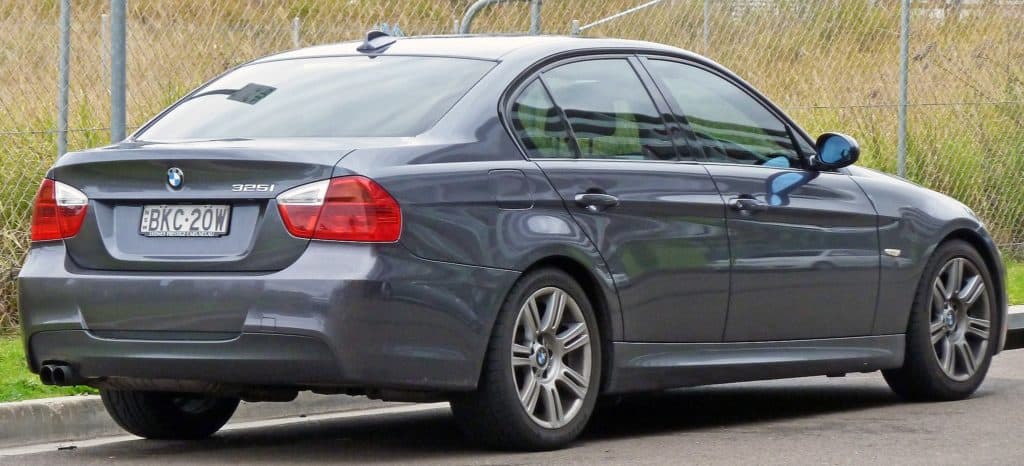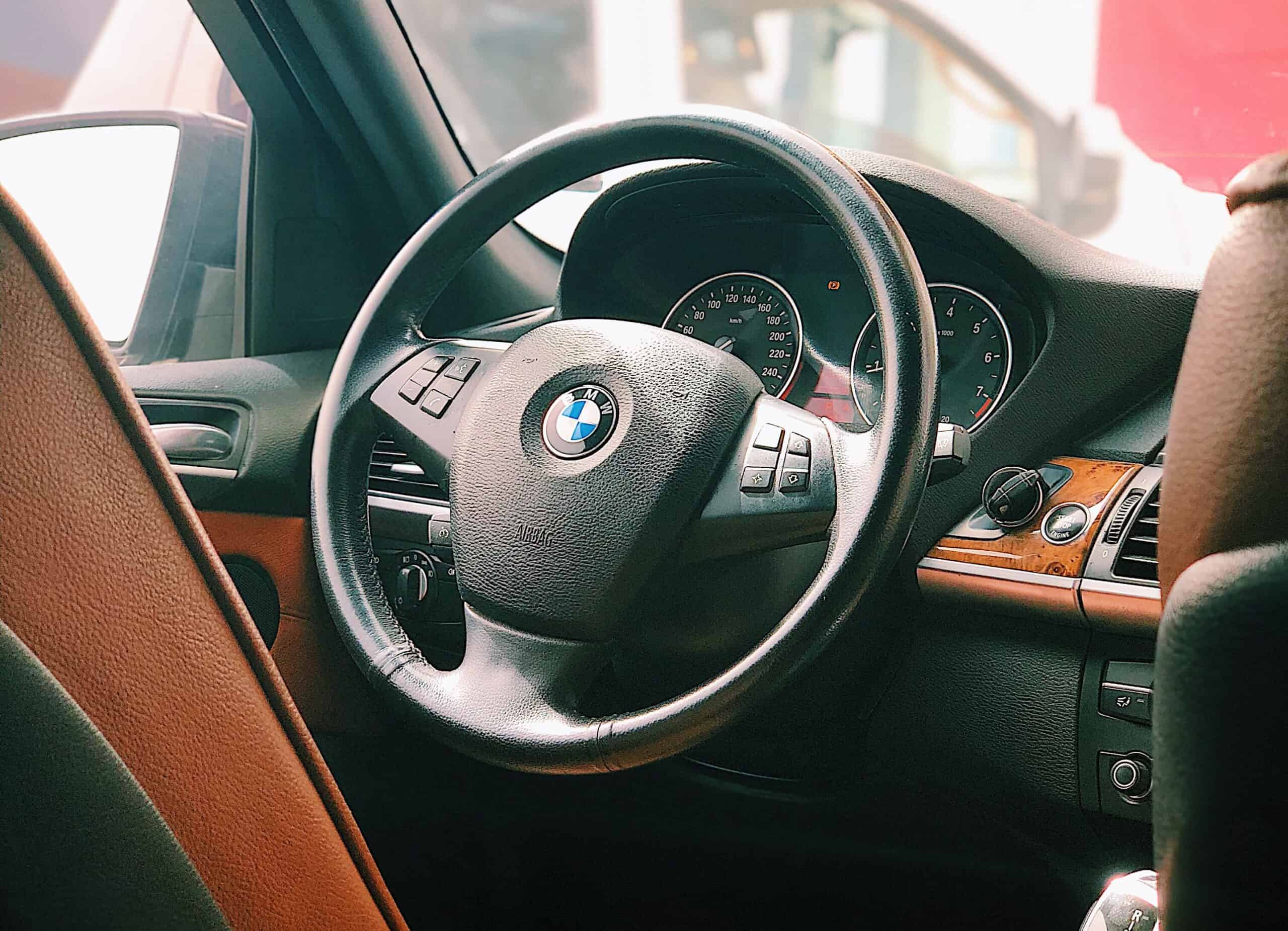High oil consumption and “check engine” light in BMW – what does it mean and how to fix it?
BMW driver’s question
My car uses a lot of oil – about one liter per 500 km. What’s more, it doesn’t smoke, accelerates well, but sometimes the revs ripple. I feel that the engine chokes at a higher dose of gas. However, I have not noticed any leaks. The car was bought 3 weeks ago. I’ll also add that the “check engine” light is on, but I was assured that it is an error related to the lambda probe.
The problem was on the BMW 3 E90, but it may also occur on other models.
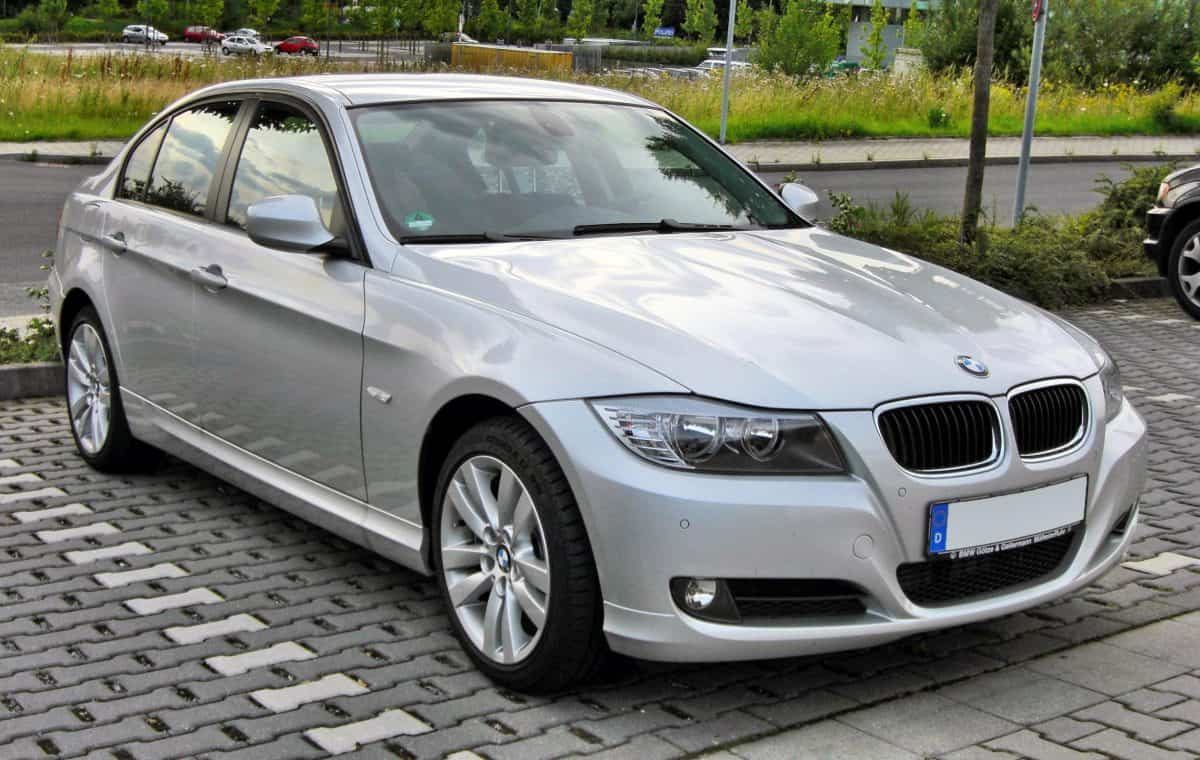
BM Cars service response
The problem of excessive oil consumption is a very complex problem and can be caused by a wide variety of faults.
It is worth noting that before taking any corrective action, it is important to make sure that the oil consumption phenomenon is definitely present. A very large number of BMW models use electronic oil level measurement without the ability to measure with a dipstick. These oil level sensors are very sensitive to damage and often their measurement and indications are unreliable.
Next, an element directly related to wear and tear is engine oil leaks. The use of covers under the engine with an oil-absorbing layer means that no traces of leaks can be seen outside where the car is parked or parked. After removing the covers and camouflage elements, we are able to verify the most common places from which oil leaks t.i.e. valve cover gasket, oil filter base gaskets, oil pan and timing cover gaskets, crankshaft seals and Vanos regulators.
In addition, an element that causes significant oil consumption is a faulty crankcase vent filter (the so-called “odma”). Its malfunction or wear under the influence of operating time causes significant amounts of oil to enter the intake manifold and burn oil through the engine. Heavy oil consumption is also a possible wear of valve seals causing oil to enter the engine and burn through it, and worn/baked piston rings causing the same symptom.
Significant engine wear sometimes also causes damage to the cylinder head, which manifests itself as oil entering the combustion chamber and significant oil consumption during engine operation and dilution of engine oil by fuel running down the cylinder walls.
Suggested service steps
As part of the initial diagnostics, we suggest performing the following steps:
- Computer diagnostics of the entire vehicle with special attention to the reasons for the check engine light.
- Measurement of the actual amount of oil in the engine and its consistency.
- Checking for leaks from the engine.
- Inspection of the intake system – oil in the intake manifold and the condition of the air purge.
- Measurement of engine compression along with oil test.
Once the above is done, a proper assessment of the engine’s wear and tear and how to repair it, if any, can be made.
Given the fact that the vehicle was purchased three weeks earlier, we suggest that you consider possibly returning the vehicle to the seller or covering the diagnostic and repair costs.
Such a significant oil consumption indicates poor technical condition of the vehicle and the seller must have known the above fact at the time of sale (the so-called hidden defect).
We invite you to take advantage of our service.
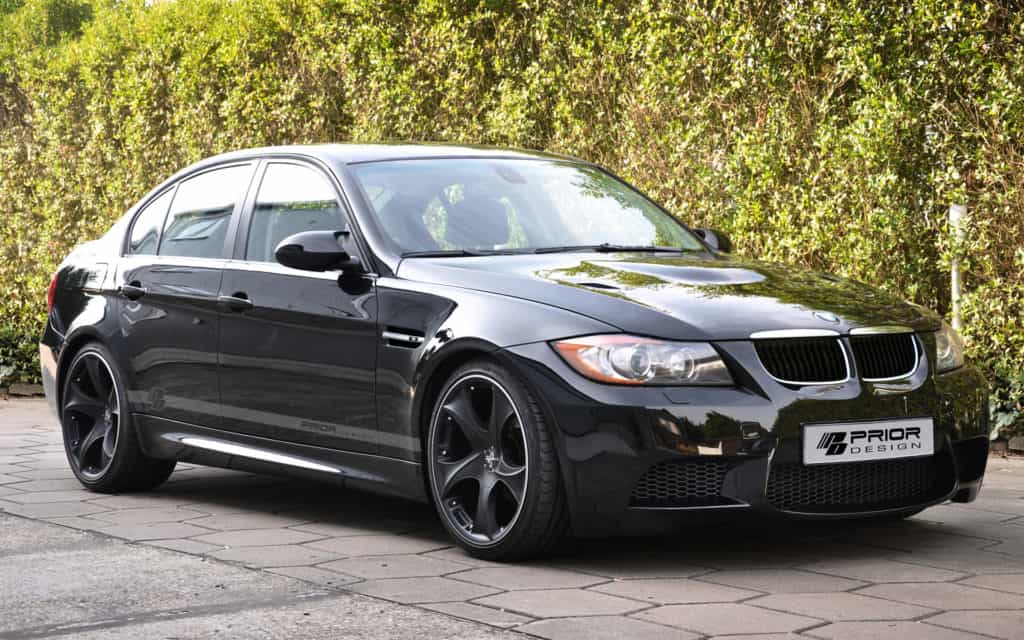
Other BMW tips related to the topic at hand
- High oil burn in BMW 1 – causes and how to fix it?
- Strange sounds from around the BMW pedals – how to fix it?
- Driving on “double gas”
- Problems with the automatic transmission when braking BMW – how to fix it?
- Steering wheel vibration when braking in BMW – what is the reason and how to fix it?
- Oil service and oil change in BMW
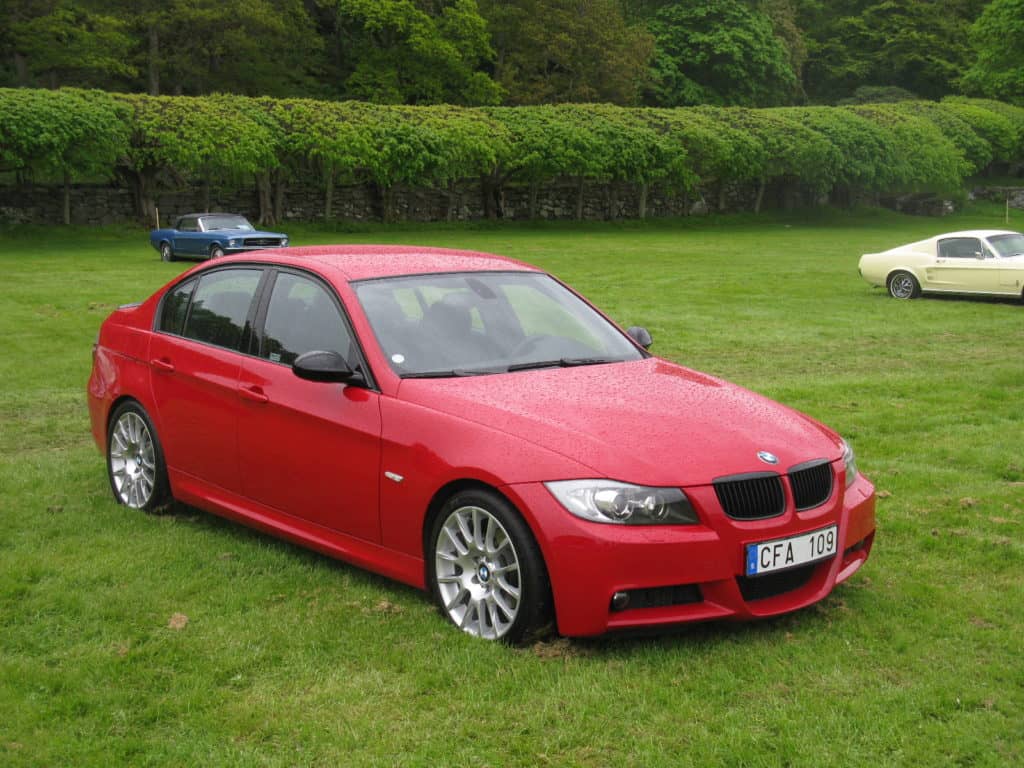
Read more tips and ask your own question
